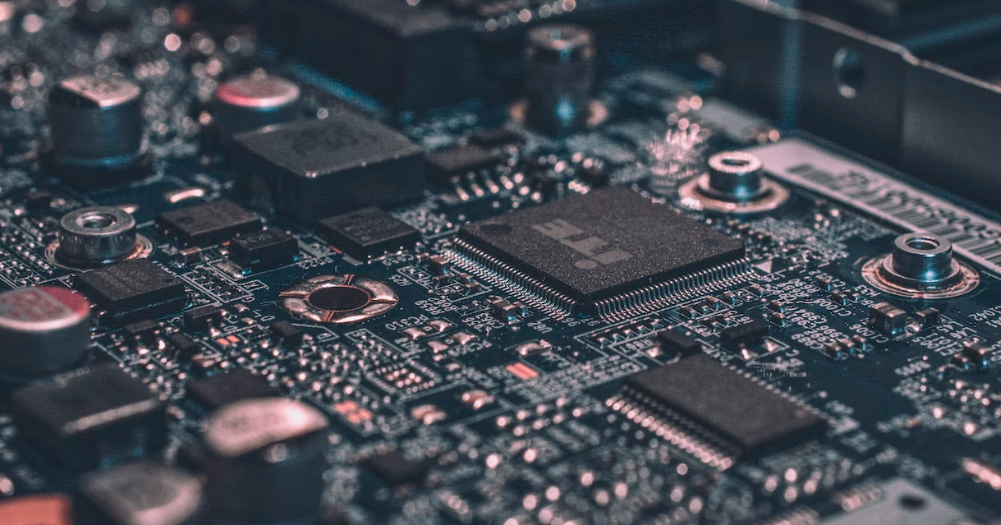Comparison
| Aspect | Arduino | ESP32 |
| Microcontroller | Uses various microcontrollers (e.g., ATmega328P, SAMD21) | Features a single microcontroller (Espressif ESP32) |
| Processing Power | Generally lower processing power | Higher processing power and clock speed |
| Memory | Limited program memory and RAM | More program memory and RAM |
| Connectivity | Limited built-in connectivity options | Built-in Wi-Fi and Bluetooth connectivity |
| I/O Pins | Varies based on Arduino board model | Abundant GPIO pins and additional functionalities |
| Development | Beginner-friendly with a large community | Requires more technical knowledge and familiarity with ESP-IDF |
| Wireless | Requires additional shields/modules for wireless connectivity | Built-in Wi-Fi and Bluetooth capabilities |
| Price | Generally lower cost | Slightly higher cost compared to basic Arduino boards |
| Community | Large and active Arduino community | Growing ESP32 community with a focus on IoT applications |
It’s important to note that Arduino and ESP32 serve different purposes. Arduino is a popular platform for beginners and hobbyists due to its simplicity and extensive community support. On the other hand, ESP32 is a more powerful and versatile platform, particularly suitable for IoT applications due to its built-in Wi-Fi and Bluetooth capabilities. The choice between Arduino and ESP32 depends on the specific project requirements, level of complexity, desired connectivity, and available resources.







